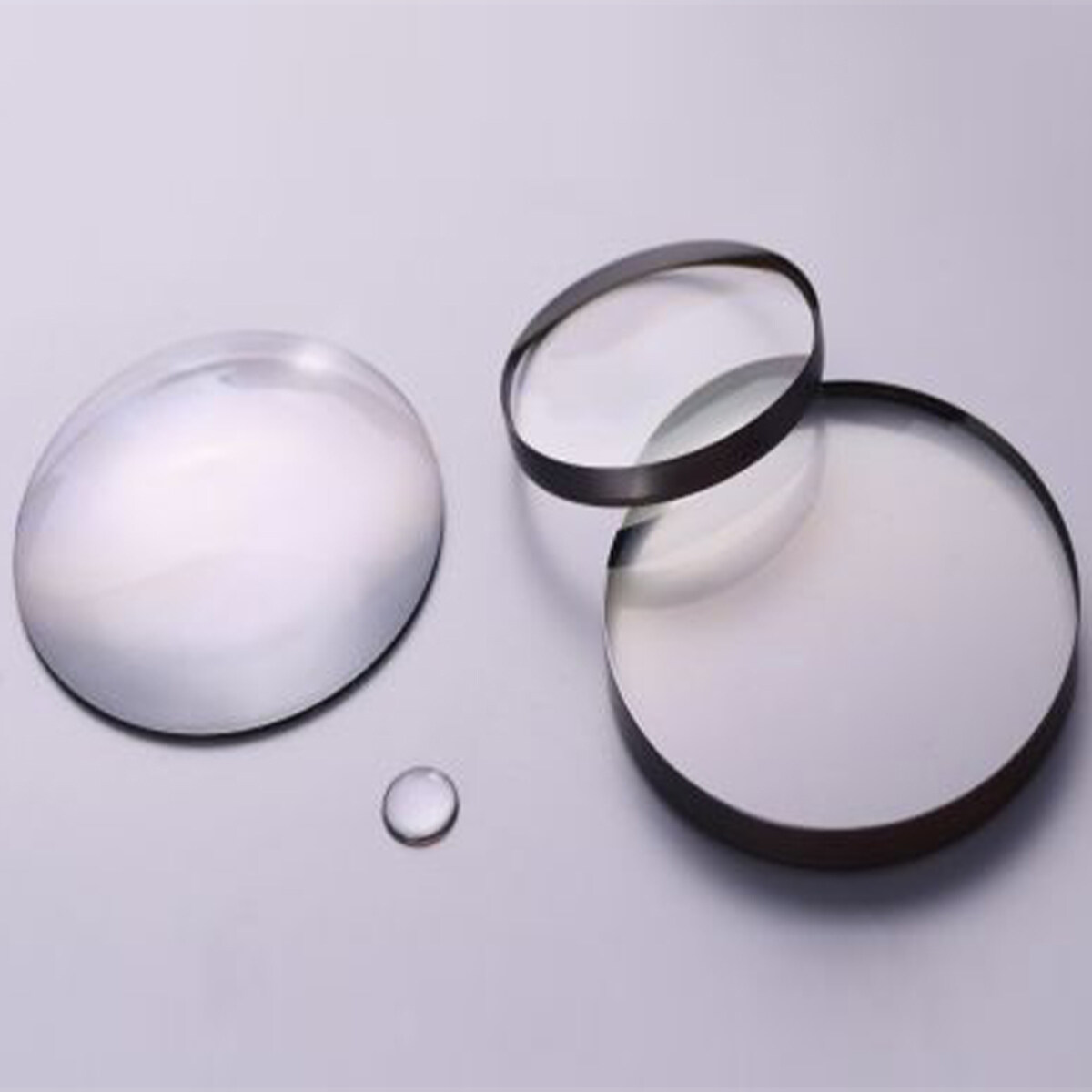Email format error
Email cannot be empty
Email already exists
6-20 characters(letters plus numbers only)
The password is inconsistent
Email format error
Email cannot be empty
Email does not exist
6-20 characters(letters plus numbers only)
The password is inconsistent

Medium Lens
Our custom dynamics probeam smoke lenses are developed and manufactured to the highest standards. A professional team creates perfect products for you to ensure you get high-quality products at a reasonable price.
A lens is an optical element with a spherical surface made of transparent material. The lens is composed of several lenses, including a plastic lens and a glass lens. Glass lens is more expensive than a plastic lens. Generally, the lens structures used for cameras include: 1p, 2p, 1g1p, 1g2p, 2g2p, 4G, etc. The more lenses, the higher the cost. Therefore, a good quality camera should use a glass lens, which has a better imaging effect than a plastic lens and plays an important role in astronomy, military, transportation, medicine, art, and other fields.
Development history of lens
As early as the Western Han Dynasty in China (206 BC ~ 25 AD), there was a record about the ice lens in Huainan Wanbi Shu: "cut the ice to make it round, lift it to the sun, use AI to inherit its shadow, and then make a fire." That is, what we call today, ice cutting and fire making. It is said that in the Mesopotamian civilization era of the Nile River, priests were able to "bring fire from heaven to earth" when holding religious ceremonies. The prop used by priests was a simple convex lens, which was used to ignite inflammable by its converging effect on light. The two magnifying glasses stored in the Egyptian Pavilion of the British Museum were found in Tanis and are dated 150 A.D.
It can be seen that as early as ancient times, people have known that the lens has the function of focusing and amplification. Alhazen (965 ~ 1038) studied spherical and parabolic mirrors. He first invented convex lenses and described the structure of the human eyes.
In 1266, r.bacon (1214 ~ 1294) first proposed the possibility of using a lens to correct vision and using a lens group to form a telescope and described the position of the lens focus.
1299 Florentine armati invented glasses, which solved the problem of vision correction.
Porta (1535~1615) studied dark box imaging with a convex lens, discussed the lens combination, and invented the simple camera.
1609 Galileo Galilei (1564 ~ 1642) exhibited the Diyi telescope made according to scientific theory in human history. It was not Galileo who discovered the mystery of the telescope in Z, but a Dutch businessman named Lippershey (1587 ~ 1619). When he made lenses, he combined a convex lens and a concave lens. When he looked out, the distant scenery became closer. Galileo was very interested in this discovery. He used mathematical calculations to study what kinds of lenses were combined to achieve better results. After repeated experiments, he finally invented the world's Diyi telescope with 32 times magnification in 1909. He used the telescope he invented to make astronomical observations and made many significant discoveries.
The DIY microscope was invented by Dutch Janssen (1588 ~ 1632). Later, the Italian Fontana (1580 ~ 1656) made a major improvement on this, changing the eyepiece of the microscope from a concave lens to a convex lens, making it have the basic form of a modern microscope.
At present, the lens has been used in the objective lens of the electron microscope, projector, and camera. The development of the lens has experienced a long process, and its role has been played incisively and vividly in all fields.









